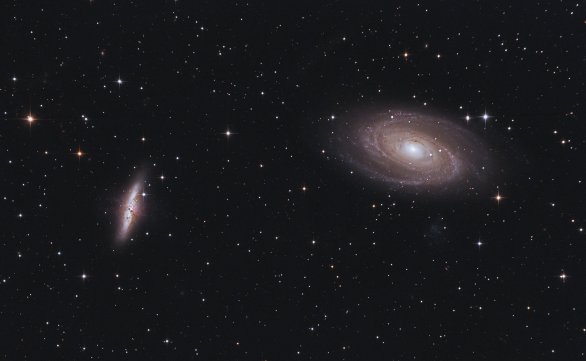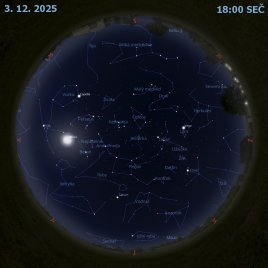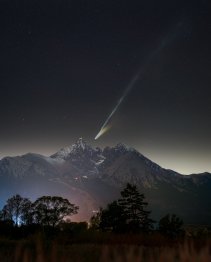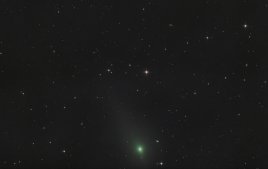M81 - M82

Uznání a copyright: Martin Bažo (http://www.spacephoto.eu)
Popis: Na tejto fotografii su dve susediace galaxie, M81 a M82. Sú vzdialené od nás zhruba 12 miliónov svetelných rokov, ale vďaka moderným teleskopom a fotoaparátom môžeme vidieť ich krásu a detaily.
Galaxia M81 (Bodeho hmlovina), ktorá sa nachádza vpravo na fotografii, je veľmi jasná a zaujímavá špirálová galaxia. Môžeme vidieť jasné ramená galaxie, ktoré obsahujú hviezdy, plyny a prach, v ktorých prebieha hviezdotvorba. Vďaka tomu nám táto galaxia pomáha pochopiť, ako sa tvoria a vyvíjajú galaxie.
Galaxia M82 (Cigara), ktorá sa nachádza vľavo na fotografii, je nepravidelná galaxia , ktorá je plná hviezdnych explozií a výbuchov supernov. Tieto udalosti vytvárajú silné vetry a tlak, ktorými sú vychýlené plyny a prach z galaxie. Tento jav môžeme vidieť ako tmavú pásikovú škvrnu, ktorá prechádza cez galaxiu a nazýva sa aj \"cigarovou\" škvrnou. Po bokoch galaxie mozeme vidiet jasne mracna ionizovaného vodika.
Celkový záber týchto dvoch galaxií vytvára nádhernú a fascinujúcu scenériu, ktorá dokáže zaujať nielen milovníkov astronómie, ale aj širokú verejnosť. Táto fotografia je preto dokonalou ukážkou krásy vesmíru a jeho nekonečného tajomstva, ktoré môžeme obdivovať.
- Technické údaje a postup:
Místo pořízení: Kapusany pri Presove - Podhorany
Datum pořízení: 01.03.2023
Optika: Sky watcher 200/1000
Montáž: iOpron iEQ45 pro
Snímač: QHY 8L Cool
Zpracování: N.I.N.A. 60x300s, -30C
stack: Siril
post proces: Pixinsight, PhotoShop


